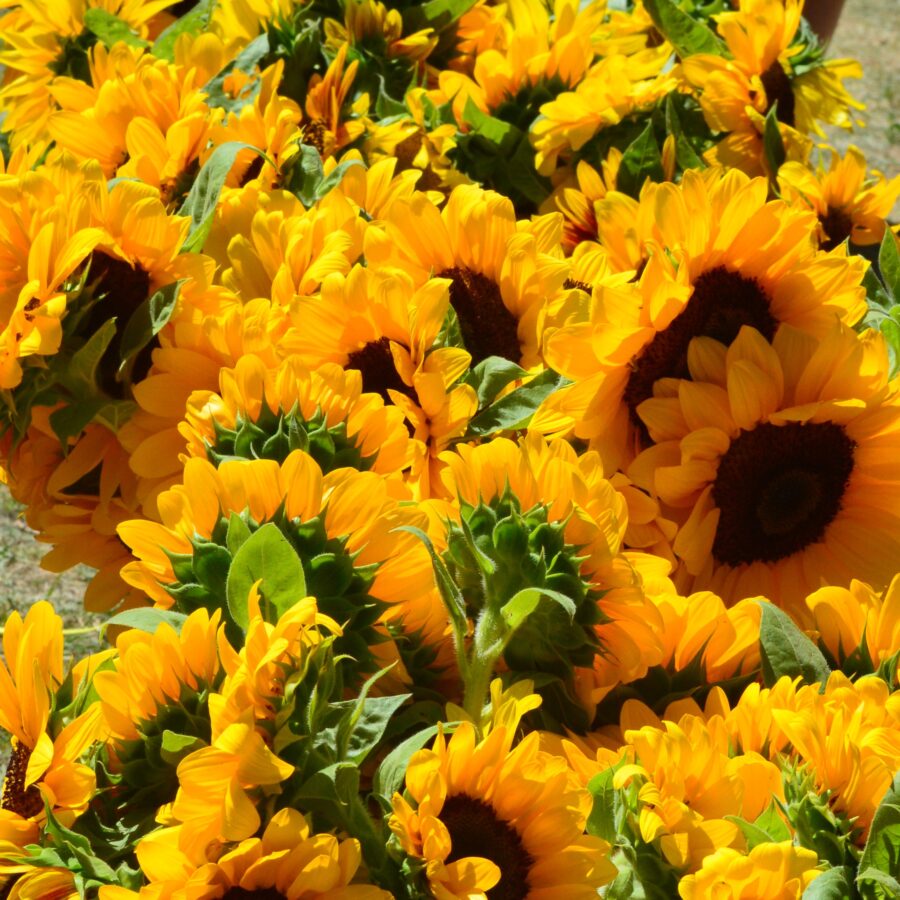First and foremost, dragon boating is a TEAM sport. There is nothing more exhilarating than feeling the boat fly through the water. It doesn’t just happen. It is the result of technique, rhythm and synchrony that melds our bodies and spirits together as a high-performance paddling TEAM.
Though dragon boats come in different lengths, they are generally 40 feet long and four feet wide at the widest point. A dragon boat can have anywhere from 16 to 20 paddlers, sitting in pairs. A drummer sits at the front of the boat (the bow) and calls or drums the tempo for each stroke. During practice sessions, the drummer assists the coach by calling out practice drills and paddling instructions. The steerer stands at the back of the boat (the stern) and guides the boat through the water, keeping it on course.
The Legend
No one knows exactly when dragon boat racing started. The most popular saga of its origins dates back to a great Chinese patriot-poet named Qu Yuan who lived from 340-278 B.C.
Qu Yuan was a minister who advocated peace and social reforms in his home state of Chu. The King refused to listen to Qu Yuan’s advice and instead banished him from the state. In exile, Qu Yuan wrote poetry, expressing his concern for his country and people. In 278 B.C., when Qu Yuan heard that his home had been invaded, he drowned himself in the Mi-Lo River. The people of Chu rushed to the river to rescue him. Too late to save Qu Yuan, they splashed furiously and threw zung-ze – steamed rice wrapped in reed leaf – into the river as a sacrifice to his spirit and to keep the fish from Qu Yuan’s body.
Dragon boat racing began as a tradition to commemorate Qu Yuan’s death. In China, the races are held on the fifth day of the fifth moon on the lunar calendar. In other countries, they are held on that day or other times – spring, summer, fall or winter – pending favorable weather.






